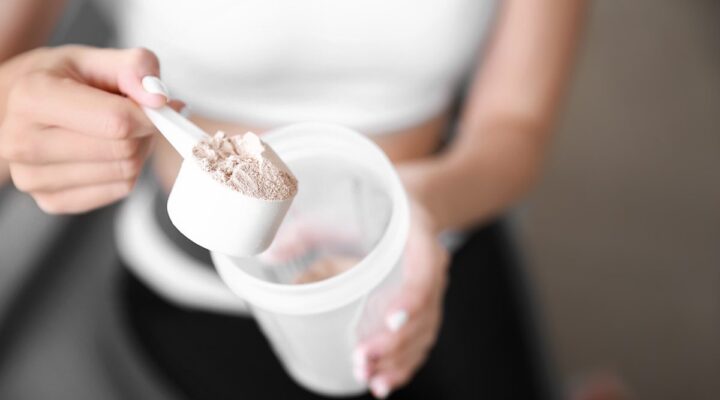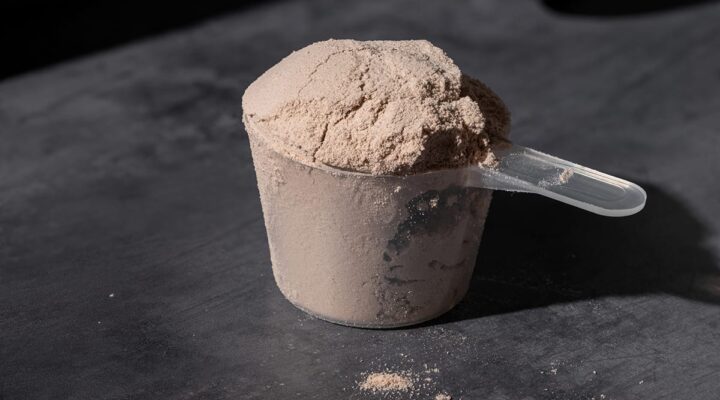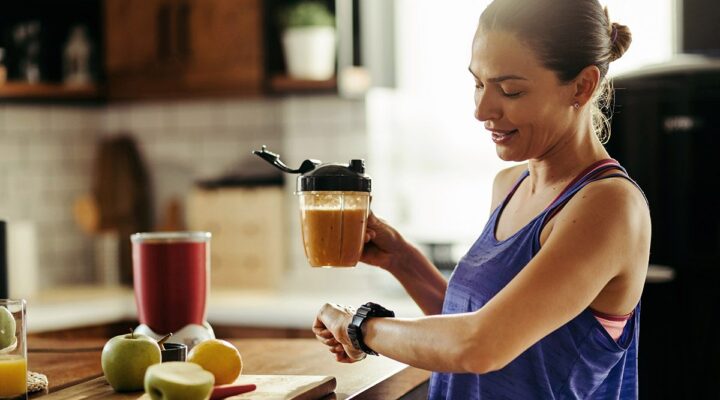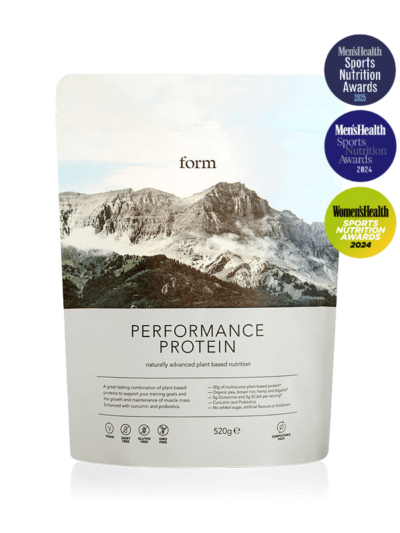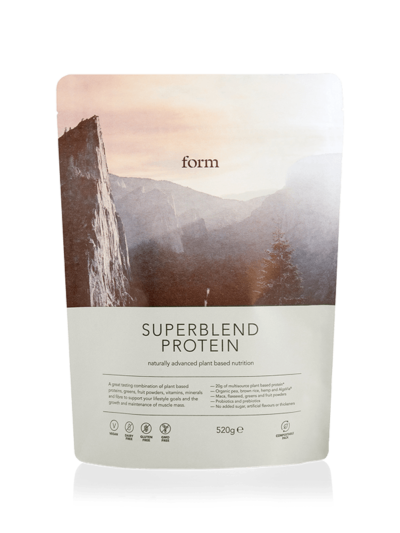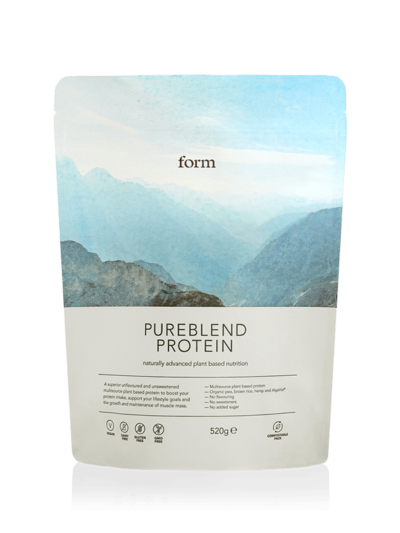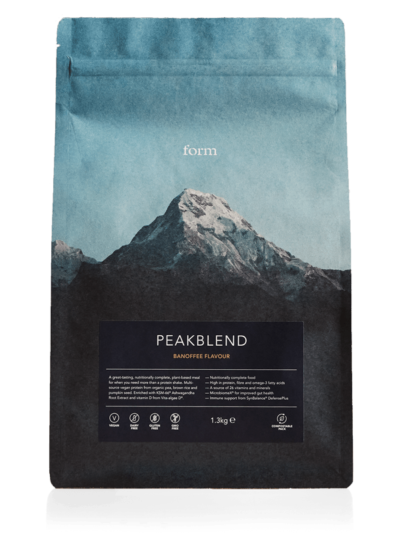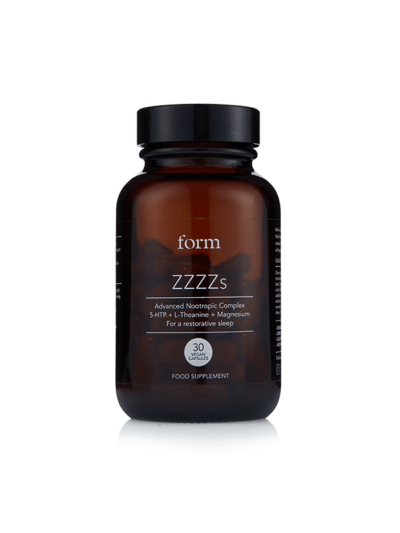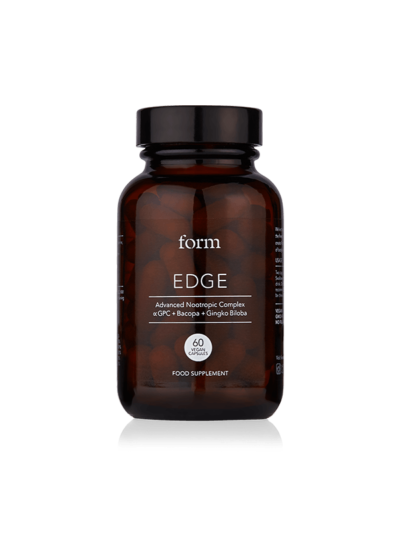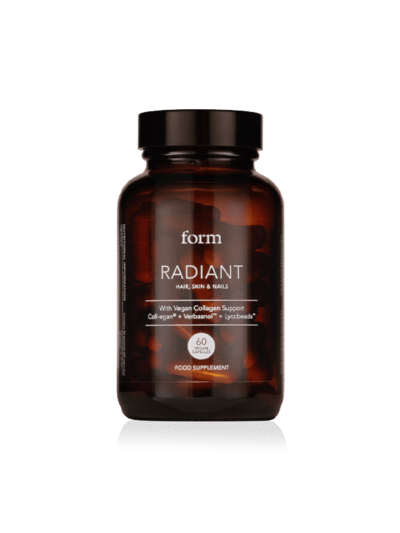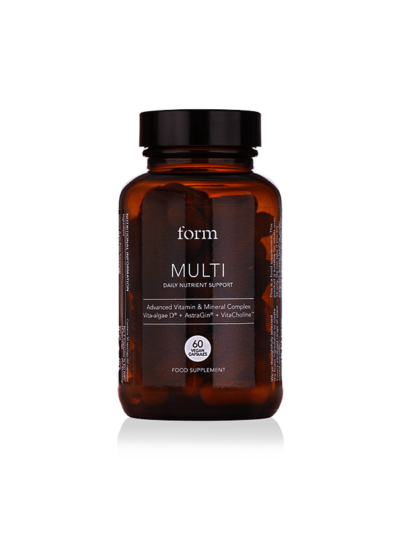The Sustainable Materials You’re Probably Not Using
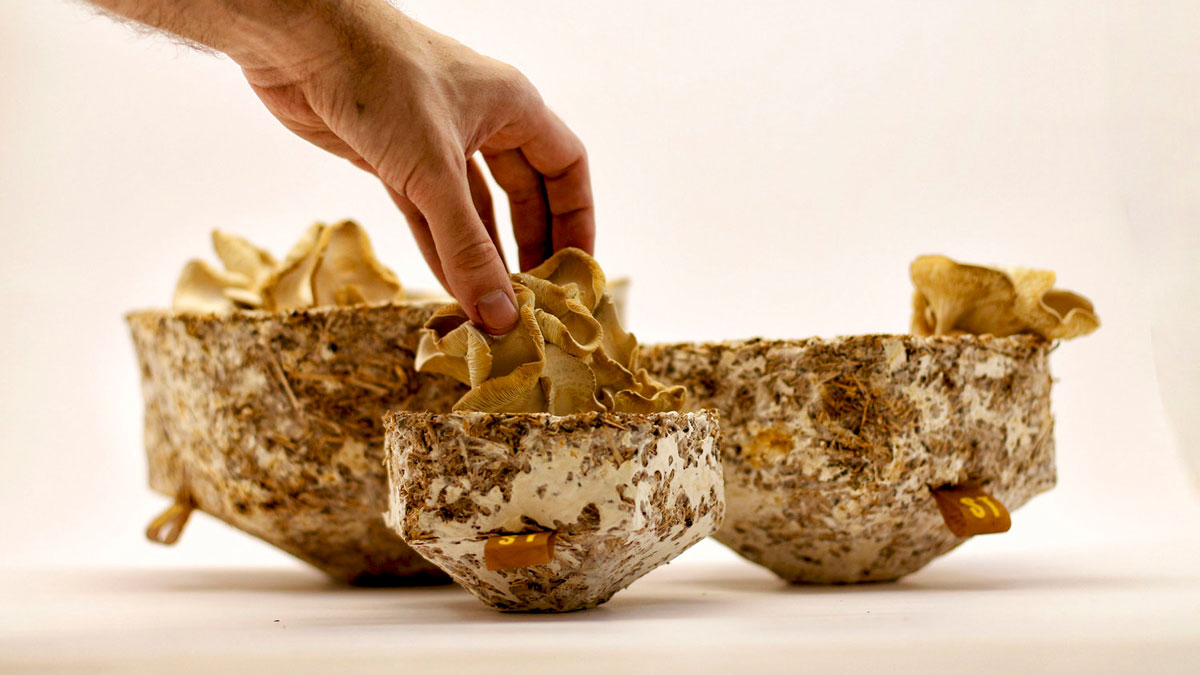
Consciously or unconsciously, it’s likely that you’re making more sustainable decisions when you shop.
In the UK at least, this has been most visible in the plastic bags you’re now charged for at the supermarket (incentivising you to bring your own reusable one), the paper or glass straws now used at your local cafe or bar, even the swimwear you invested in this summer, much of which is now being made from recycled fishing nets.
But what’s next in the quest to omit environmentally problematic plastic from our lives? A number of product pioneers are working on some particularly innovative materials which may well emerge as the new normal in the not-so-distant future. Here are a few that have captured our imagination.
Used Coffee Grounds
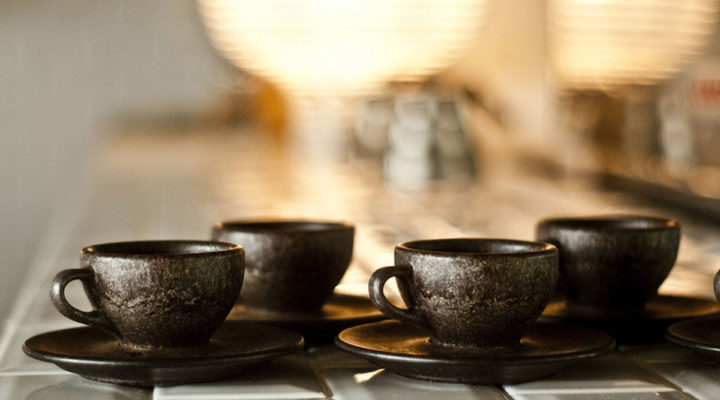
Berlin start-up Kaffeeform’s use of old coffee grounds to create reusable cups has already won accolades for innovation.
Founded by German designer Julian Lechner, the brand structures its product from the used coffee grounds of Berlin cafes, mixed with natural glues and particles of wood from sustainable sources. Together, they form a liquid that’s injection-moulded to create cups.
The popularity of coffee means there are ample grounds going to waste, making it a sustainable and eco-friendly alternative to products otherwise based on mineral oils. The material is durable, reusable, dishwasher safe and insulative. When cups are no longer of use, they’re also biodegradable.
Among the brand’s product offering so far are espresso cups and saucers, cappuccino mugs, and even a reusable takeaway vessel.
Algae
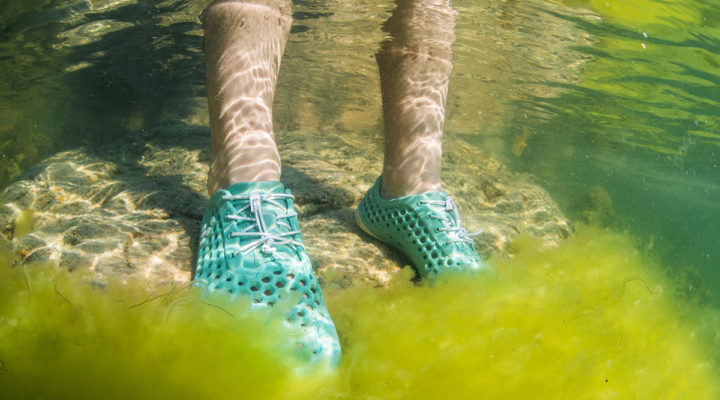
Many lakes have become overrun by plant slime, and countries around the world are now dealing with epidemic levels of algae that can prove toxic to people and ecosystems in their waterways.
Swimming in it, swallowing it and even inhaling it can cause vomiting and diarrhoea, with extended contact even linked to cancer and liver failure. All of which means there’s far more incentive to filter it from waterways for footwear manufacture as a natural replacement for widely used petrochemicals.
And so, a technology made by Aecom has been made to filter algae from water in order to turn it into a plastic foam reminiscent of that used in billions of shoes every year. Replacing the ethylene-vinyl acetate (EVA) foam – which gives performance shoes their cushion – with an EVA-algae based hybrid called “Bloom” could go a long way towards clean up an ever-growing sneaker industry notorious for its harmful environmental effects.
It’s enough to put a spring in your step.
Grape Skins
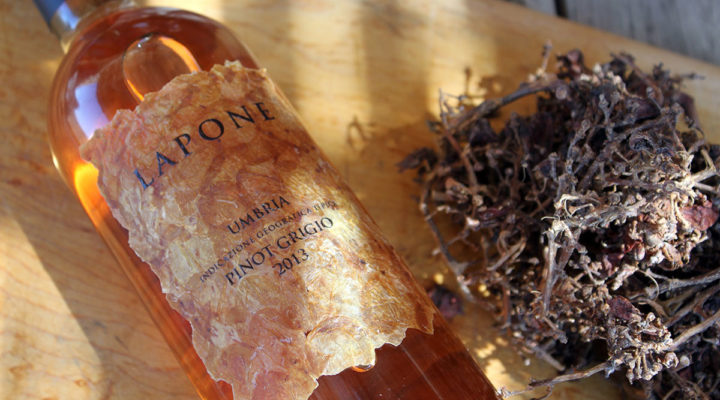
In a somewhat poetic cycle, engineer Ludovica Cantarelli has developed a way of using wasted grape skins and branches for wine bottles, with grapes used for white wine becoming the paper on their labels.
The project, Wine Matters, explores exactly how waste created from the winemaking process can be better utilised, using her own family’s Italian vineyard as a case study.
Italy produces 50 million hectoliters of wine per year, and with it, almost two million tonnes of solid waste such as branches, stems, skins and vine. All must be disposed of somehow. Most commonly, it’s burnt on site.
Cantarelli’s practise is driven by her Italian roots and, through this new craft process, she has discovered a way to create a cyclical manufacturing method that reduces CO2 emissions from discarded waste.
Yerba Mate
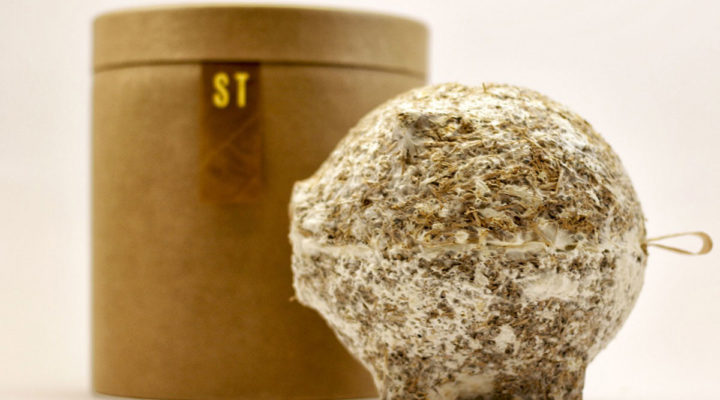
The Argentinian tea Yerba mate is a common ingredient in energy drinks, but industrial designer Silvio Tinello thinks outside the bottle. Through his research in biofabrication, he has pioneered the use of Yerba mate as a design material, experimenting in functional objects from lamps to shoes.
Tinello is motivated both by Yerba mate’s cultural resonance in Argentina and his discovery of the large amounts of waste produced by the tea. He only uses the wasted leaves from the production process, rather than what would otherwise be used as food.
Perhaps most interesting of his products is the Yerba mate piggy bank. In its traditional incarnation, the penny-saving ornament is destroyed when you need your cash, swept up and binned. Tinello’s version – made from mycelium and leftovers from Yerba mate – can be composted after use and have new plants grow from the wreckage.
Malai
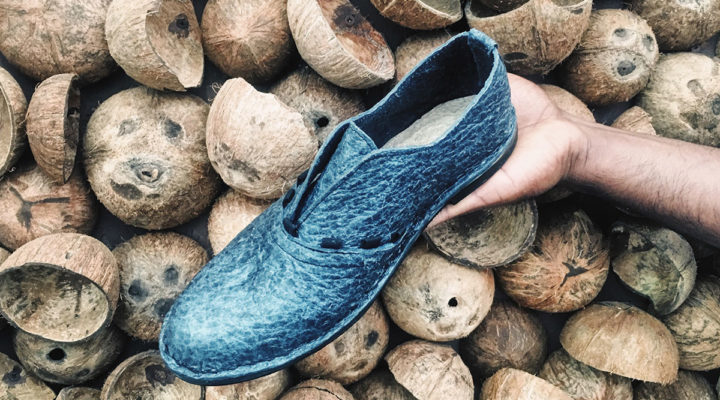
Malai is a biocomposite material made from organic bacterial cellulose sourced from the coconut industry in Southern India. It’s flexible, durable and water-resistant, with a feel you might compare to leather or paper, so perfect for bags, wallets and shoes.
Developed into something altogether more durable by Central Saint Martins graduate Zuzana Gambosova and Kerelan product designer Susmith C. Suseelan, malai is produced from the bacterial by-product of coconut water fermentation, is completely vegan (you can eat it) and will biodegrade within 90 days at the end of its lifecycle (which can be many years).
Still doubting it’s sustainable credentials? One small coconut-processing unit can collect over 4,000 litres of water per day, which can be used to make 320 square metres of the material.
_
This article was inspired by “Food: Bigger Than The Plate”, a V&A exhibition which runs until October 20, 2019.
Form is making efforts to reduce its waste by rolling out compostable packaging for its protein blends. In these packs, we’re also removing plastic scoops to promote the use of tablespoons instead, and swapping out the air pockets in our shipments with recycled paper.
For our cognitive supplements, we’ve introduced a reForm end-of-life reuse programme offering one complimentary product to customers who send back empty glass jars to be sterilized and repurposed in the manufacturing process.




